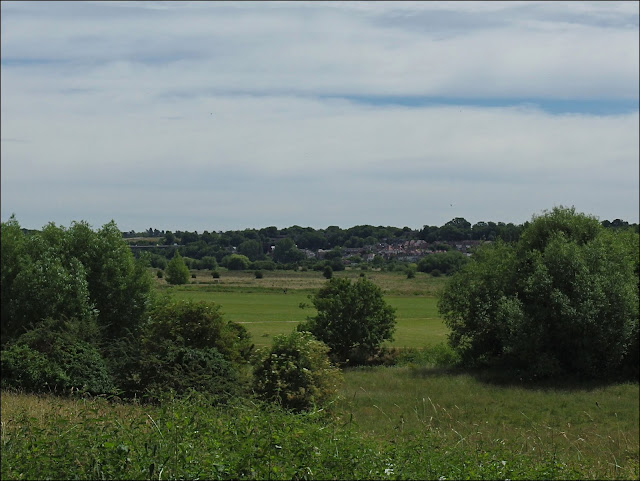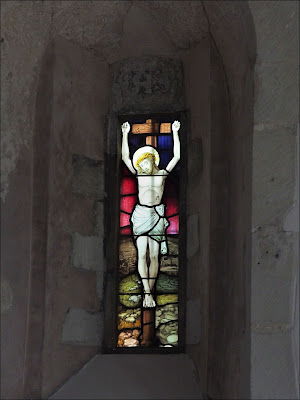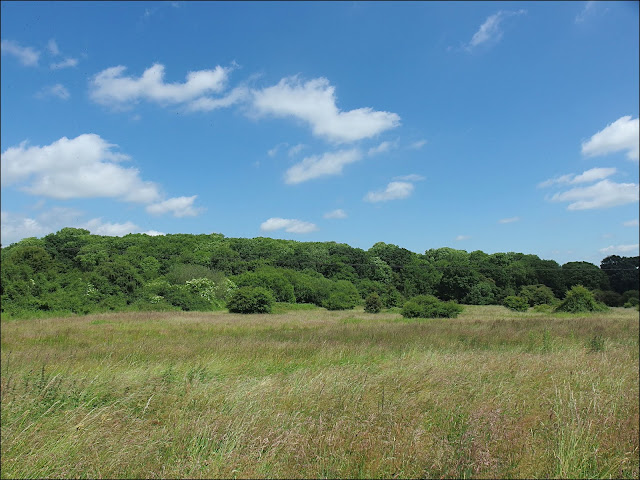Many a fortune was made in the malting and brewing industries of Ware. And in 1768 John Scott inherited his father's wealth. John was able and ambitious but beneath the surface of the astute businessman there lurked a poet and a dreamer. Though he worked diligently at his financial affairs his growing resources allowed him to indulge his artistic temperament, timidly at first but then with increasing confidence.
In the extensive grounds of his house he built a small summer house where could be alone to compose his poetry. One of his verses hints at the plans that were taking shape inside his head:
O for some secret shady cool recess,
Some Gothic dome o'erhung with darksome trees,
Where thick damp walls this raging heat repress
Where the long aisle invites the lazy breeze!
Although he wrote lots of poetry he was better known for his prose works which concerned the Poor Law, vagrancy and the turnpike roads. In these he displayed very Liberal attitudes for his day.
He married a local bricklayer's daughter called Sarah Frogley and, being a poet, John had a term of endearment for his sweetheart - he called her "Frog"!
Some time in the 1760s Scott took his pick-axe and began burrowing into the hillside in his garden. He was assisted in this operation by men he refers to as his "rustic assistants" who were probably labourers on one of the roads which Scott built nearby. Scott had a dream to build an underground grotto.
The walls of this Grotto were to be decorated with shells which were collected from many distant parts. Collecting sea shells and decorating buildings with them was a fashionable thing to do in those days.
The Grotto, as it exists today, is made up of six underground chambers connected by narrow tunnels which are large enough to admit a six-foot (1.83 m) tall adult, though passing anyone coming in the opposite direction can only be accomplished with difficulty. The largest chamber is illuminated today though you need a torch to negotiate the rest of the complex.
There are many alcoves accommodating seats and there are ventilation shafts bringing in fresh air from outside.
And nearly every surface is decorated with shells, flints and occasional fossils. But what on earth (or perhaps I should say "beneath the earth") is it all for?
Since Scott's time the Grotto has had a chequered history including being owned by a showman who opened it to the public at sixpence a time. Obviously it suited his purpose to invent all kinds of fanciful stories about the dark past of this mysterious cavern.
But the truth is probably that it was no more than an elaborate "garden feature" in much the same way as we might have a "water feature" in our gardens today - something for visitors to admire and wonder at, as well as displaying the owner's wealth and good taste.
And John Scott did attract many visitors to his Grotto, most of whom signed the large visitors' book which he kept. This would have suited Scott as he needed to keep in touch with the influential people of his day but did not like to visit London as he disliked crowds and feared the constant threat of diseases which abounded in big cities of the day. This way the people came to visit him.
And picked out in tiny shells is the name of the one who may have inspired Scott's creation - children who visit nowadays love to hunt out the word "Frog" on one of the walls.
The Grotto's existence was threatened when the garden was mostly sold off for modern housing. No one knew quite what to do with this subterranean curiosity and it became neglected and falling into disrepair. It was eventually repaired in the 1990s and a small memento of that time was incorporated into design - the little blue and red chip in the photo above is a piece of the Berlin Wall.
Take care.
Much of the above information was gleaned from the lady who welcomed visitors to the Grotto and also from the excellent booklet by David Perman. Anyone wanting to visit should note that it's only open on Saturday afternoons and Bank Holiday Mondays during the summer months. It has to be closed all winter as a colony of bats hibernates within.






















































